Long before Europeans began to experiment with chocolate in the late 16th century, cacao was consumed across Mesoamerica in recipes wildly different to what’s enjoyed today.
The Aztec Empire, which spanned much of modern Mexico and Guatemala, traded fermented cacao beans as a valuable currency.
Such was the value of the beans that actually consuming them was a rare luxury reserved for religious ceremonies, to prepare warriors to battle, or for the pleasure of the nobility.
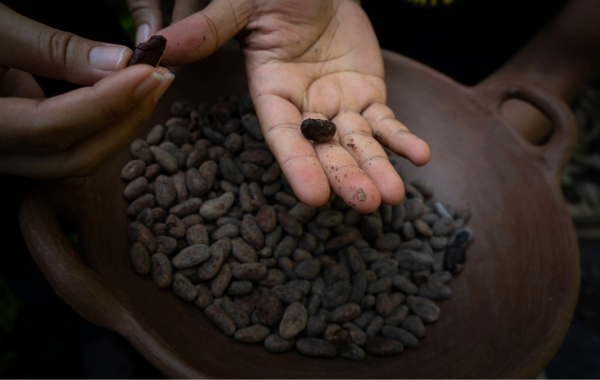
Making xocolatl
The Aztecs called their signature cacao drink ‘xocolatl’, derived from the name of the cacao tree ‘xocatl’ in the Nahuatl language, and the root of the word ‘chocolate’.
 To make xocolatl, a paste of fermented cacao beans is added to a tall pitcher of hot water alongside powdered chili, honey, and vanilla.
To make xocolatl, a paste of fermented cacao beans is added to a tall pitcher of hot water alongside powdered chili, honey, and vanilla.
A frothing spoon called a molinillo is then rapidly spun between the hands to introduce air and properly mix the final drink.
Cinnamon is included in many modern xocolatl recipes, but is not native to Central America and was only brought to the region by the Spanish.
Making solid chocolate wasn’t possible before refrigeration, so a traditional Mesoamerican cacao experience will always involve either a hot or cold drink.
How to enjoy Aztec chocolate
The best and most authentic xocolatl is made fresh from Central American cacao beans. Here in Nicaragua, cacao is grown nationwide and fresh local beans are easy to find.
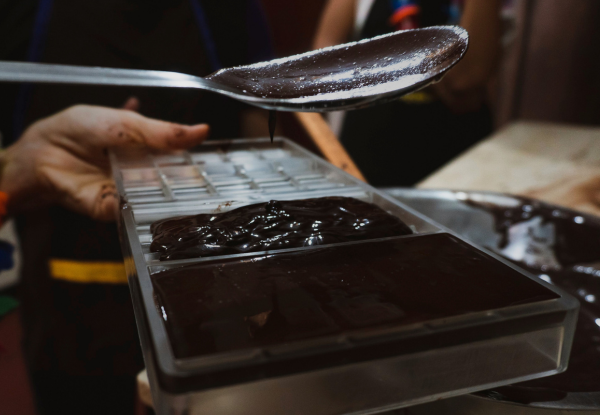 For a complete chocolate-making experience, ask us about a chocolate workshop tour in Granada or at a local cacao plantation. Once you’re there, you’ll see how the cacao fruit pods are dried, fermented, and transformed into traditional xocolatl, solid artisanal chocolates, and even chocolate sangria!
For a complete chocolate-making experience, ask us about a chocolate workshop tour in Granada or at a local cacao plantation. Once you’re there, you’ll see how the cacao fruit pods are dried, fermented, and transformed into traditional xocolatl, solid artisanal chocolates, and even chocolate sangria!
A healthy delicacy
One big advantage of chocolate made right before your eyes is a guarantee for top-quality ingredients.
Mesoamericans did not use milk or sugar in their chocolate drinks. Instead, honey and vanilla served as healthy sweeteners. In fact, freshly made chocolate is so delicious that many people choose to enjoy it without any added sweetening at all.
Cacao has long been prized for its medicinal qualities. The Aztecs used it for a healthy energy boost and as a natural aphrodisiac!
Nicaraguan Cacao Industry
In recent years, Nicaragua has significantly increased its cacao planting and production areas, becoming the largest producer and exporter of cacao in
Central America. Both public and private investments (Ritter Sport, Bean and Company, and Cacao Oro) have allowed Nicaragua to position itself as a 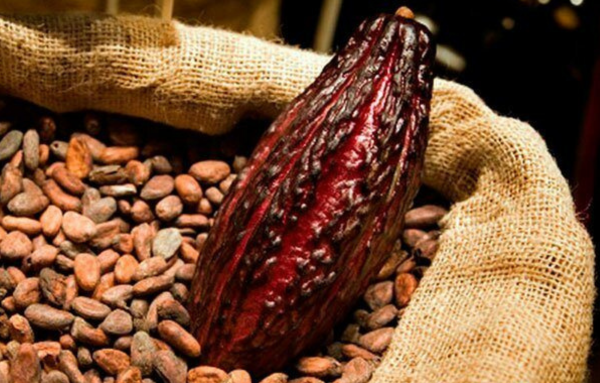 producer of significant volumes of quality and aromatic cacao, achieving international recognition.
producer of significant volumes of quality and aromatic cacao, achieving international recognition.
The national production of cocoa in the 2022/2023 cycle was about 23,430 tons, growing 20% compared to the previous cycle. This is harvested in different areas, 38% is located in the North Caribbean Coast, 28% in Matagalpa, 12% in Jinotega, 10% in the South Caribbean Coast and 12% is distributed in the rest of the country.
In 2021, Nicaragua exported $11.7M in cocoa beans, making it the 31st largest exporter of cocoa beans in the world. The main destination of cocoa beans exports from Nicaragua are: Belgium ($6.21M), Guatemala ($1.48M), El Salvador ($1.44M), Italy ($932k), and Germany ($434k).
Local Cacao Culture
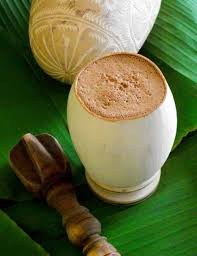
However, we cannot talk about cacao in Nicaragua without mentioning Pinolillo, one of the most common ways to use cacao locally. Pinolillo is a popular drink made of toasted ground corn and cacao mixed with water or milk. This drink is such a part of the culture that is has become a national symbol. Nicaraguans refer to themselves as Pinoleras or Pinoleros. A well-known patriotic phrase is “Soy puro Pinolero, ¡Nicaragüense por gracia de Dios!” (I’m a pure Pinolero, Nicaraguan by the grace of God!).


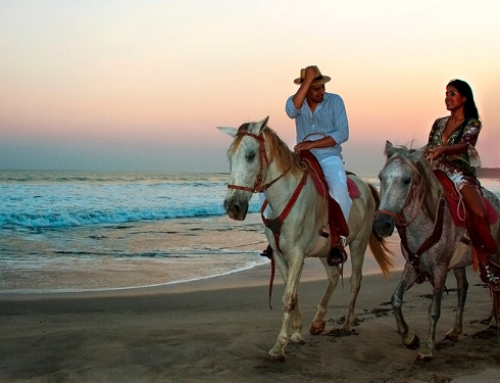
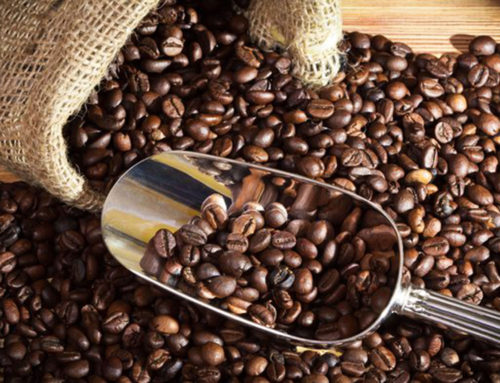

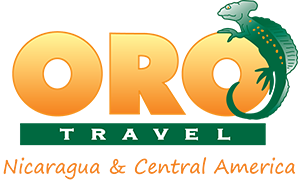
Leave A Comment